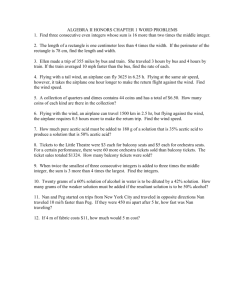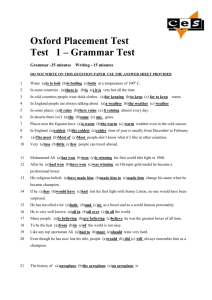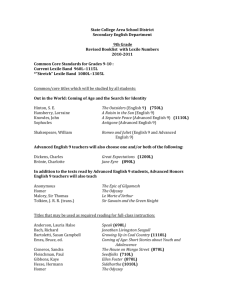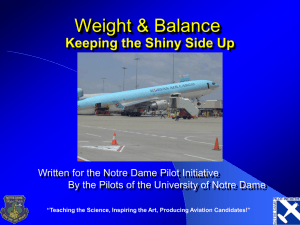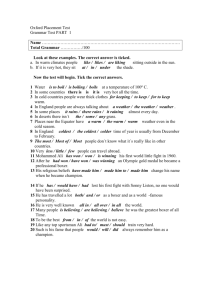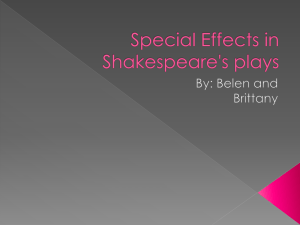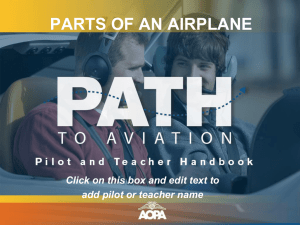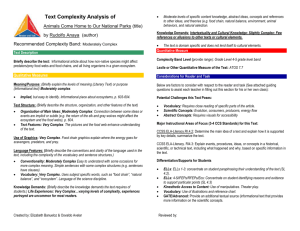My Brothers` Flying Machine Placemat
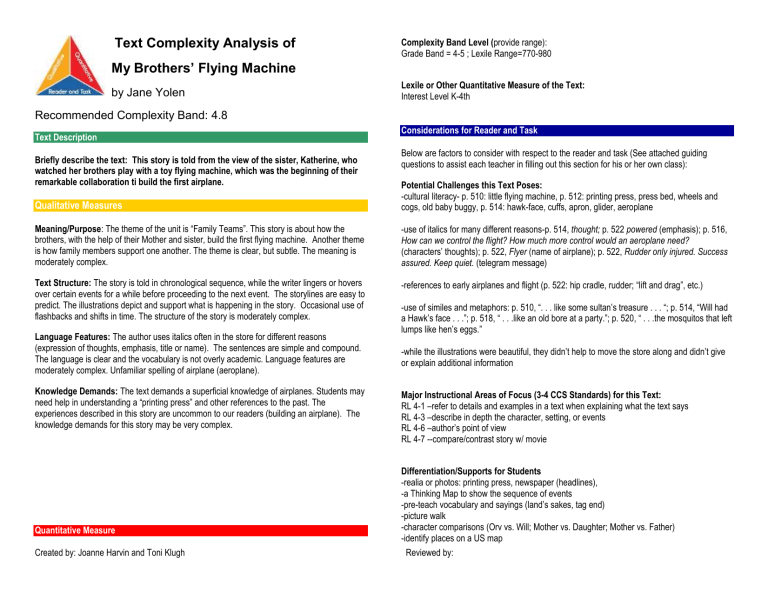
Text Complexity Analysis of
My Brothers’ Flying Machine
by Jane Yolen
Recommended Complexity Band: 4.8
Text Description
Briefly describe the text: This story is told from the view of the sister, Katherine, who watched her brothers play with a toy flying machine, which was the beginning of their
remarkable collaboration ti build the first airplane.
Qualitative Measures
Meaning/Purpose: The theme of the unit is “Family Teams”. This story is about how the brothers, with the help of their Mother and sister, build the first flying machine. Another theme is how family members support one another. The theme is clear, but subtle. The meaning is moderately complex.
Text Structure: The story is told in chronological sequence, while the writer lingers or hovers over certain events for a while before proceeding to the next event. The storylines are easy to predict. The illustrations depict and support what is happening in the story. Occasional use of flashbacks and shifts in time. The structure of the story is moderately complex.
Language Features: The author uses italics often in the store for different reasons
(expression of thoughts, emphasis, title or name). The sentences are simple and compound.
The language is clear and the vocabulary is not overly academic. Language features are moderately complex. Unfamiliar spelling of airplane (aeroplane).
Knowledge Demands: The text demands a superficial knowledge of airplanes. Students may need help in understanding a “printing press” and other references to the past. The experiences described in this story are uncommon to our readers (building an airplane). The knowledge demands for this story may be very complex.
Quantitative Measure
Created by: Joanne Harvin and Toni Klugh
Complexity Band Level (provide range):
Grade Band = 4-5 ; Lexile Range=770-980
Lexile or Other Quantitative Measure of the Text:
Interest Level K-4th
Considerations for Reader and Task
Below are factors to consider with respect to the reader and task (See attached guiding questions to assist each teacher in filling out this section for his or her own class):
Potential Challenges this Text Poses:
-cultural literacy- p. 510: little flying machine, p. 512: printing press, press bed, wheels and cogs, old baby buggy, p. 514: hawk-face, cuffs, apron, glider, aeroplane
-use of italics for many different reasons-p. 514, thought; p. 522 powered (emphasis); p. 516,
How can we control the flight? How much more control would an aeroplane need?
(characters’ thoughts); p. 522, Flyer (name of airplane); p. 522, Rudder only injured. Success
assured. Keep quiet. (telegram message)
-references to early airplanes and flight (p. 522: hip cradle, rudder; “lift and drag”, etc.)
-use of similes and metaphors: p. 510, “. . . like some sultan’s treasure . . . “; p. 514, “Will had a Hawk’s face . . .”; p. 518, “ . . .like an old bore at a party.”; p. 520, “ . . .the mosquitos that left lumps like hen’s eggs.”
-while the illustrations were beautiful, they didn’t help to move the store along and didn’t give or explain additional information
Major Instructional Areas of Focus (3-4 CCS Standards) for this Text:
RL 4-1 –refer to details and examples in a text when explaining what the text says
RL 4-3 –describe in depth the character, setting, or events
RL 4-6 –author’s point of view
RL 4-7 --compare/contrast story w/ movie
Differentiation/Supports for Students
-realia or photos: printing press, newspaper (headlines),
-a Thinking Map to show the sequence of events
-pre-teach vocabulary and sayings (land’s sakes, tag end)
-picture walk
-character comparisons (Orv vs. Will; Mother vs. Daughter; Mother vs. Father)
-identify places on a US map
Reviewed by:
-show movie
-introduce similes/metaphors
-review suffixes and prefixes in a mini-lesson
Recommended Placemat: Briefly explain the recommended placement of the text in a particular grade band.
This story is recommended for students in Grades K-4 th grade. In the 4 th grade the students will be introduced to the genre: Narrative Nonfiction and the philosophy of telling a story.
Created by: Joanne Harvin and Toni Klugh Reviewed by:

